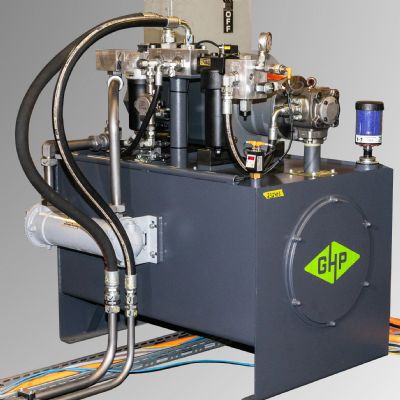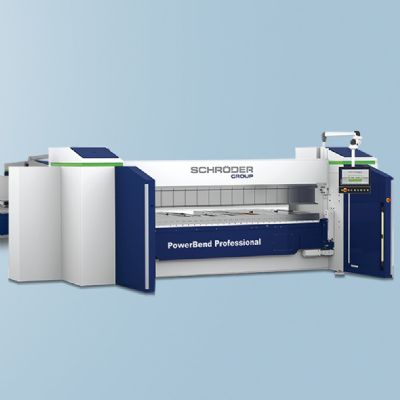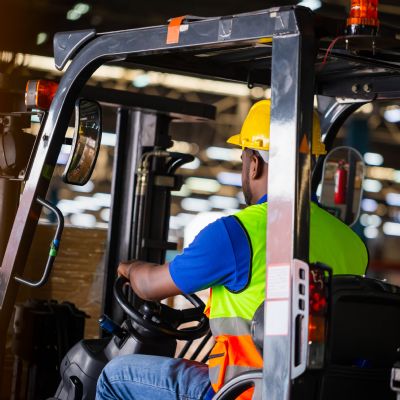Old Meets New in Manufacturing
April 19, 2018Comments
As the editor of a forging-industry magazine in the late-1990s, I was fortunate enough to see behemoth machines use brute force to shape metal alloys into locomotive crankshafts, aircraft bulkheads and other impressive parts. Often responsible for producing such products, massive forging presses dotted the U.S. landscape after World War II. These machines were constructed as part of the Heavy Press Program, a U.S. government effort to replicate huge forging presses used in Germany during the war. When hostilities ceased, the United States claimed two of Germany’s largest, but the grand-daddy, a 30,000-ton monster, was seized by the Russians. Unwilling to fall behind the Soviet Union in such important production technology and power, program officials chose Cleveland, OH, as the home for a new 50,000-ton press. Upon its completion, Alcoa operated the press, and does so today as Arconic.
Why write about giant forging presses in a magazine that covers metal additive manufacturing (AM)? Two reasons. For one, the Heavy Press Program offers a riveting Cold War tale–look it up and see what I mean. Secondly, that huge Arconic forging press helps illustrate the unique position assumed by metal AM in our manufacturing world. 3D printing has taken hold, from garage tinkerers to the largest global product producers, and far from a threat to traditional manufacturing, it’s serving as quite the complementary process.
We detail Arconic’s metal-AM efforts beginning on page 33 in this issue of 3D Metal Printing. I’ve always considered the company—employing its heavy machinery to pound out big parts in heavy, noisy, glowing (from furnaces and preheated billets) industrial settings–as the pinnacle of raw manufacturing might. Thus its AM path–with low noise and clean, contained production environments—at first seemed surprising. But upon reflection, it’s no surprise at all.
“We are metallurgists,” Ed Colvin, Arconic vice president of technology, told me. At its core, the company’s business is to understand intimately material properties and behaviors, and at given temperatures give those materials 3D shapes. Where traditional processes and AM differ most is where Arconic has been focusing R&D.








 Podcast
Podcast
